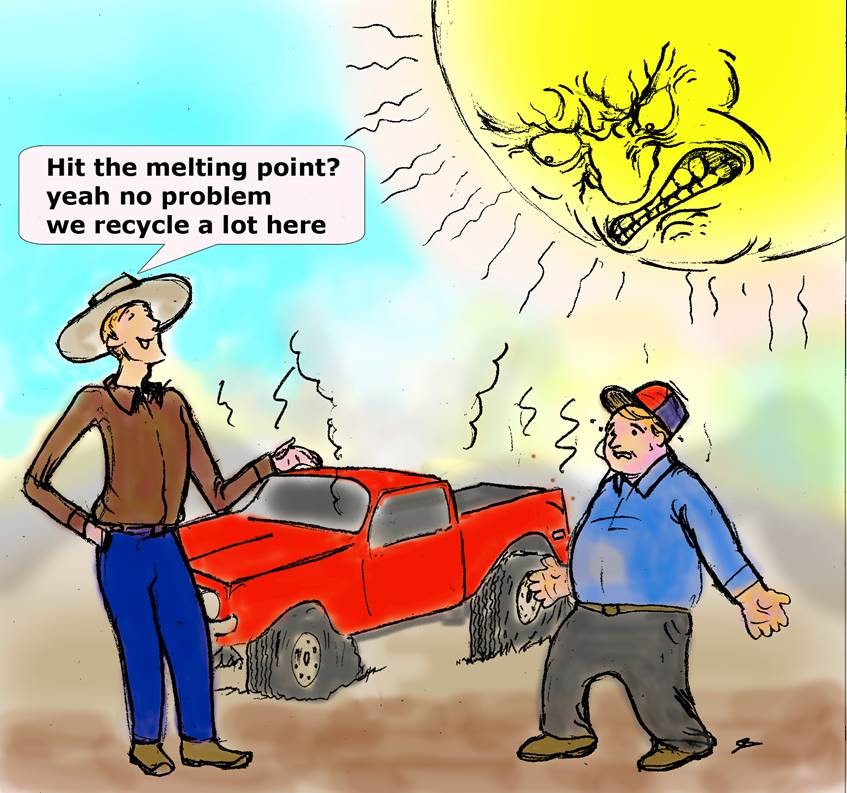
|
|
|
|

|
|||
|
|
|||
|
|
|||
Soil solarization for disease control is an established practice. Weed control is a secondary benefit this practice that is not as well understood. Soil surface temperatures can reach 120 to 140 degrees F or higher during the summer here and how these temperatures effect weed seed viability is not well understood. Solarization for disease control normally involves covering moist soil with clear plastic. This can raise the soil temperatures by 40 to 50 degrees F. Some studies have been conducted over the years to better understand how soil temperature effects weed seed survival. As usual, it was found that this depends upon many interacting variables and is difficult to predict. Temperature, depth and weed species have been found to be the primary variables effecting seed mortality. A study conducted by Dalquist & Prather found that barnyardgrass, london rocket and annual sowthistle were more sensitive to heat than were nightshade , common purslane and tumble pigweed. Another study found that wildoat and littleseed canarygrass are among the most sensitive species to heat. The Dalquist study found that common purslane seed was unaffected at 115 degrees F and below, pigweed and barnyardgrass were unaffected at 107 and below and nightshade was unaffected at 102 and below. Soil temperatures reached 125 degrees F at 4 inches in the Yuma Valley this week. |
|||
| Back | |||
|
For questions or comments on any of the topics please contact Marco Pena at the Yuma Agricultural Center.
|
|||
|
Home |
Cotton | Veggies |
Forages | Grains
| Citrus |
Crop x Crop Insects | Diseases| Weeds | Pesticides | Economics | News | Weather | Research | Photos | Contacts | General Info. Copyright © 2001 University of Arizona, College of Agriculture and Life Sciences Webmaster: Al Fournier (acis@ag.arizona.edu) |
|||

